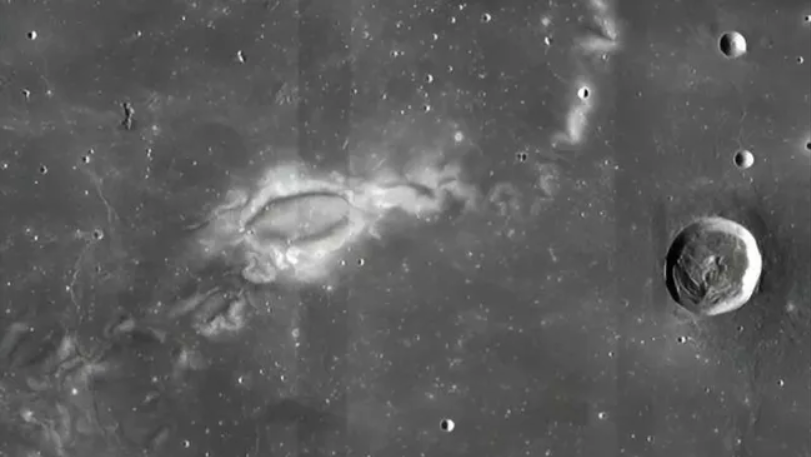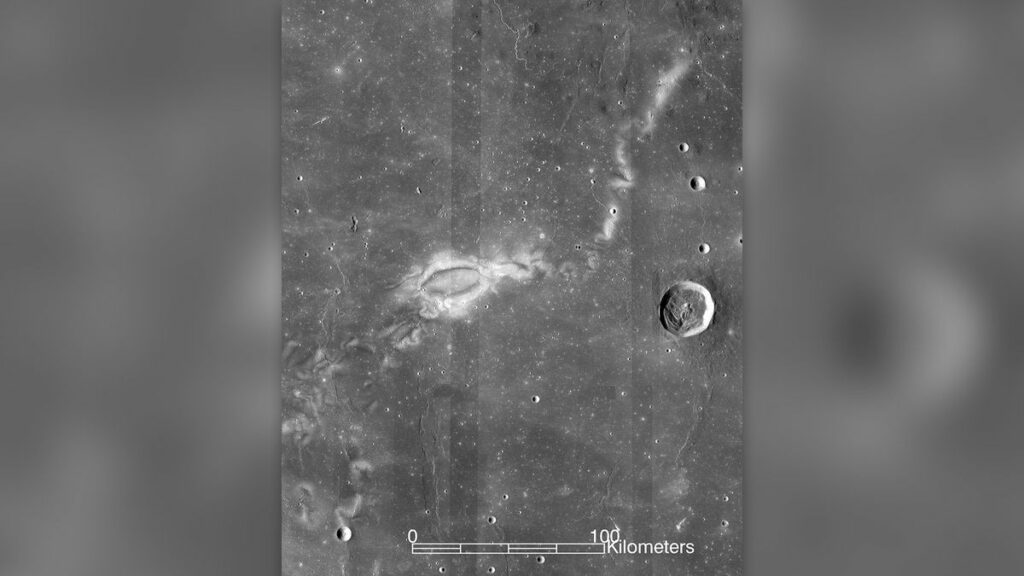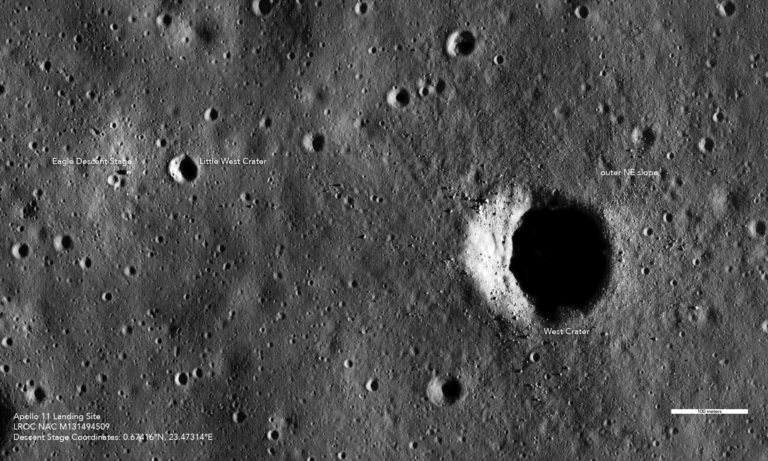Scientists May Be on the Verge of Unraveling the Mystery Behind Decades-Long Enigma of ‘Lunar Swirls’
The origin of lunar swirls remains unknown, but recent evidence suggests a potential connection to specific elevations on the moon’s surface.

Recently published topographic maps of the moon offer a potential explanation for the enigmatic bright “swirls” adorning its surface, a phenomenon that has puzzled scientists for decades.
Lunar swirls, characterized by areas of contrasting light and dark streaks, manifest across various terrains on the moon, spanning from the dark mare patches to the brighter highlands. Contrary to prior assumptions, new evidence presented in The Planetary Science Journal suggests a correlation between lunar swirls and topography, indicating that these bright markings occur at different elevations than their darker surroundings.
The intrigue surrounding lunar swirls stems from the scientific community’s incomplete understanding of their formation, making them a subject of considerable interest since their discovery, as noted by lead study author John Weirich, a senior scientist at the Planetary Science Institute.
Numerous theories have been proposed to elucidate the peculiar features of lunar swirls, ranging from magnetic anomalies providing protection against solar wind to impacts from celestial bodies like asteroids or comets. However, none of these hypotheses fully captures the observed phenomenon. Consequently, scientists have introduced an additional element into their considerations: topography, referring to the arrangement of geographic features on the moon’s surface.
“The conventional interpretation of lunar swirls is that topography has no influence on the location or shape of the swirl,” remarked Weirich. In 2022, planetary scientists utilized data from NASA’s Lunar Reconnaissance Orbiter to scrutinize a specific lunar swirl in the Mare Ingenii region on the moon’s far side. Their findings revealed that the bright areas were, on average, a few meters lower in elevation than the surrounding dark marks of the swirl.
Weirich’s recent work unveils a similar trend in another lunar swirl called Reiner Gamma, where the bright regions are approximately 13 feet (4 meters) lower than the darker areas. “Discovering a correlation with topography in one swirl location might be dismissed as coincidental, but identifying it in two widely separate swirl regions becomes more difficult to disregard,” explained Weirich. “This is particularly significant because Reiner Gamma represents the quintessential lunar swirl.”

The prevalence of swirls in lower-lying areas may be attributed to the transport of bright lunar dust into these troughs and valleys through an as-yet-unknown process. The researchers posit that meteor impacts or movement induced by static electricity, abundant on the lunar surface, could loft the dust, consequently enhancing the reflectance of these regions, as outlined in their study.
While this recent investigation doesn’t provide a conclusive explanation for the origins of lunar swirls, it underscores that topography might constitute a piece of the puzzle. “Unusual objects or phenomena are sometimes the key to obtaining deeper knowledge,” noted Weirich. “For this reason, lunar swirls are very intriguing. And the fact that they look really cool.”
Do not forget to share your opinion with us to provide you with the best posts !




0 Comments